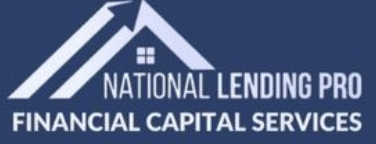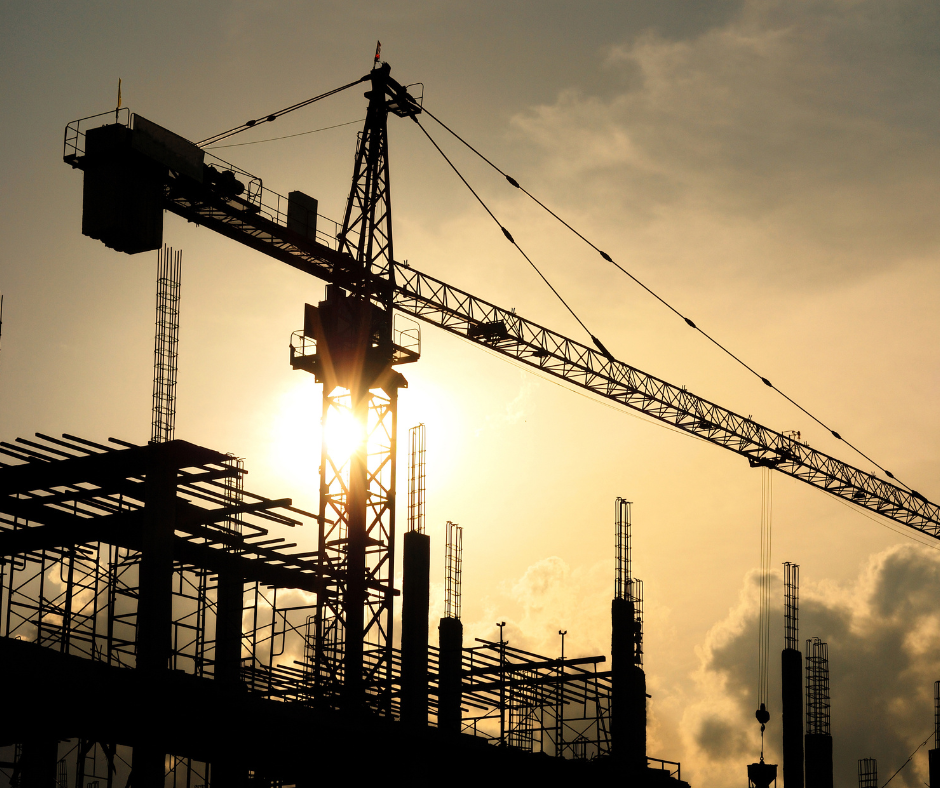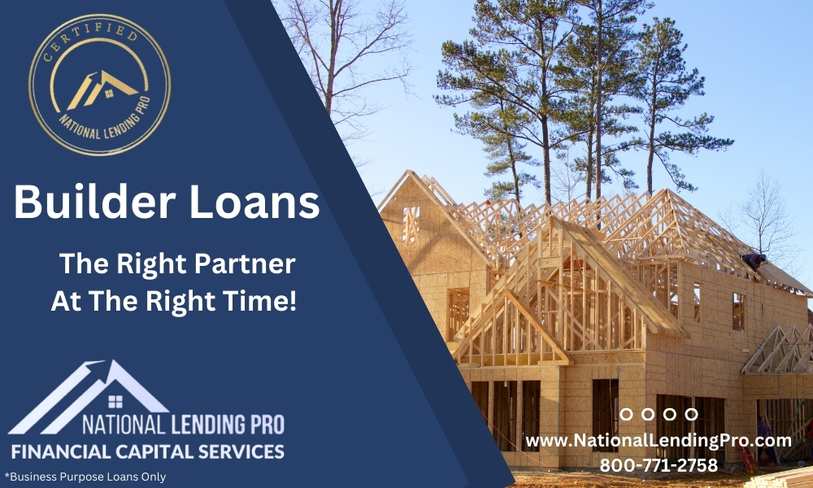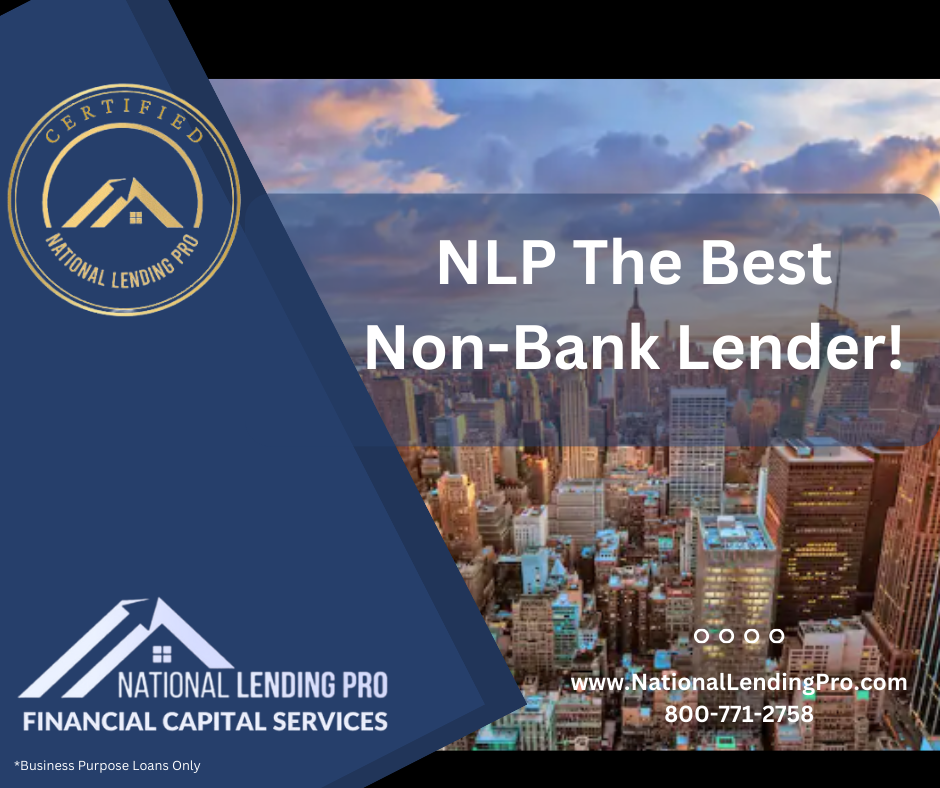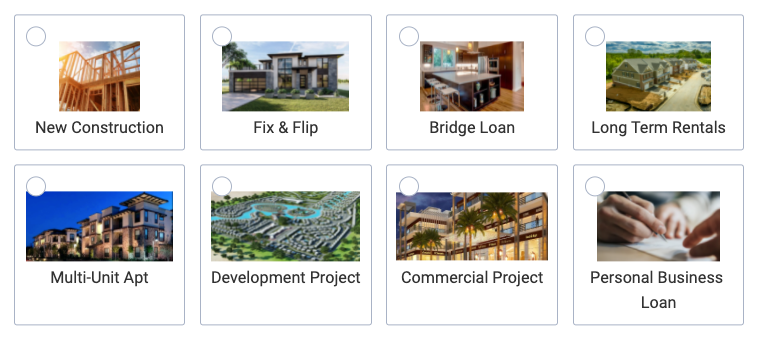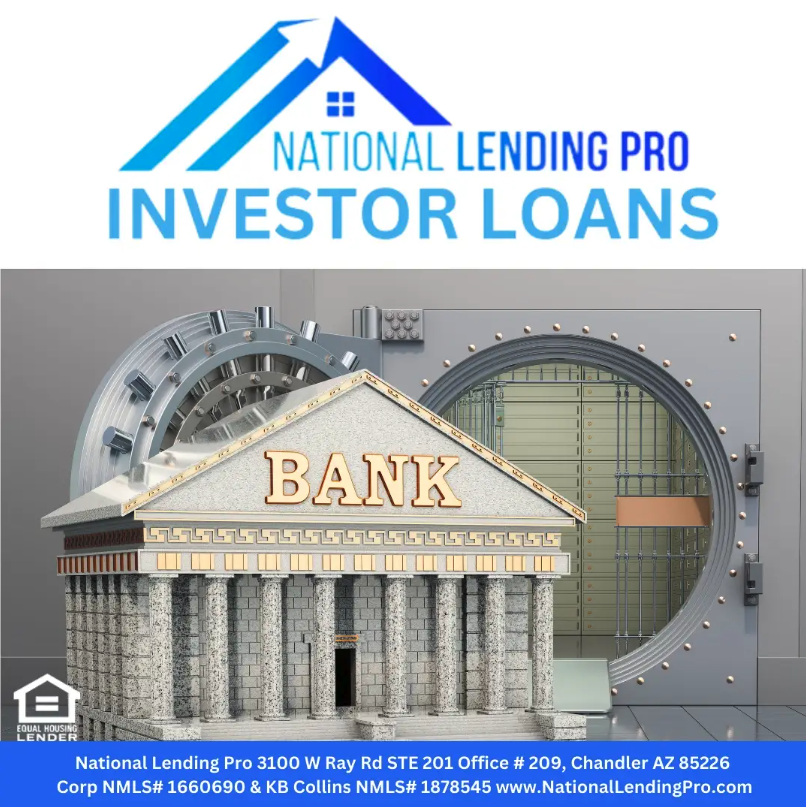As urban landscapes continue to evolve and available land becomes scarce, the concept of vertical construction has gained prominence. Vertical construction involves the creation of tall buildings and structures that redefine skylines and shape the way we live, work, and play. In this blog post, we will delve into the world of vertical construction, its benefits, challenges, and the innovative solutions that make it possible.
- Maximizing Land Efficiency: One of the primary advantages of vertical construction is its ability to maximize land efficiency. With limited horizontal space available in densely populated areas, constructing upward allows for increased development potential. Vertical buildings make efficient use of land, enabling more people to reside, work, and enjoy amenities within a concentrated area.
- Iconic Skyscrapers and Architectural Marvels: Vertical construction is synonymous with iconic skyscrapers that grace the world’s most famous city skylines. These architectural marvels capture the imagination and push the boundaries of engineering and design. From the Burj Khalifa in Dubai to the Empire State Building in New York, these towering structures showcase human achievement and innovation.
- Vertical Urbanization and Mixed-Use Developments: Vertical construction plays a vital role in urbanization, transforming cities into vibrant, multi-dimensional spaces. Mixed-use developments combine residential, commercial, and recreational spaces within a single vertical structure. This integration fosters a sense of community, convenience, and sustainability, as residents can live, work, and access amenities without extensive travel.
- Sustainable High-Rise Solutions: Vertical construction has also embraced sustainability, striving to minimize its environmental footprint. Green building practices, such as energy-efficient designs, renewable energy integration, and advanced insulation systems, are incorporated into vertical projects. Additionally, vertical gardens and green spaces enhance air quality, aesthetics, and well-being, contributing to a more sustainable and livable urban environment.
- Innovative Construction Techniques: The complexity of vertical construction requires innovative construction techniques and technologies. Advanced engineering methods, such as reinforced concrete, steel structures, and composite materials, enable the construction of tall and structurally sound buildings. Additionally, prefabrication and modular construction techniques expedite the construction process, enhancing efficiency and reducing waste.
- Addressing Challenges: Safety and Infrastructure: Vertical construction presents unique challenges, particularly in ensuring safety and addressing infrastructure needs. Robust safety protocols, such as secure scaffolding systems, strict adherence to building codes, and comprehensive risk management strategies, are crucial. Adequate infrastructure, including transportation, utilities, and emergency services, must be carefully planned to support vertical developments.
- Future Possibilities: Vertical Farms and Smart Cities: Looking ahead, vertical construction holds exciting possibilities. Vertical farming, utilizing vertical spaces for agricultural purposes, presents a sustainable solution for food production in urban areas. Furthermore, vertical construction is integral to the development of smart cities, where interconnected technologies optimize efficiency, energy usage, and quality of life.
Vertical construction has transformed skylines and redefined urban living. Through innovative design, sustainable practices, and advanced construction techniques, we continue to push the boundaries of what is possible. As cities grow and evolve, vertical construction offers an efficient, sustainable, and dynamic approach to shaping the future. From towering skyscrapers to mixed-use developments, vertical construction is a testament to human ingenuity and the pursuit of vertical progress.
